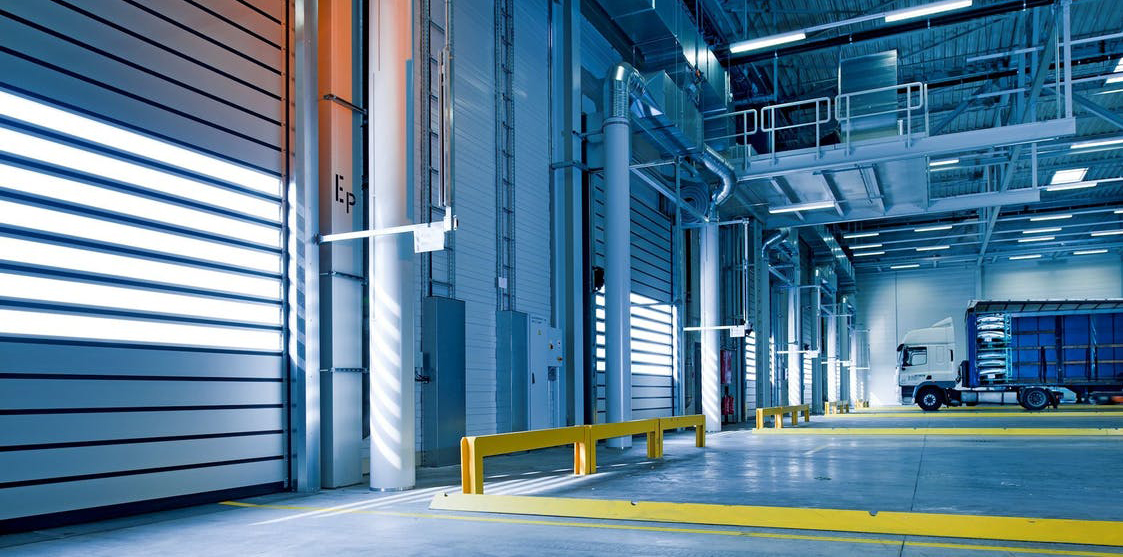Did you know more than one in 20 workers is injured annually? This includes 16 fatalities a year, the Bureau of Labor Statistics reports. The most common causes of warehouse accidents are led by forklifts, mislabeled hazardous materials, faulty electric wiring and electric system design, and slips and falls, Kane Is Able says. The average workplace injury costs its company $38,000 in direct expenses and $150,000 in indirect expenses, for a total cost of $188,000, according to TotalTrax, Inc.
Fortunately, most of these injuries and costs can be prevented by implementing sound safety strategies. Most accidents occur when workers are hurrying and skirting safety procedures. Here are three steps you can take to help keep your warehouse workers safe and protect your company from unnecessary expenses.
Follow Forklift Safety Procedures
With forklift injuries representing the leading cause of warehouse accidents, forklift safety is one of the most important components of warehouse safety. Proper training is crucial and should include that:
- All forklift operators should be over 18, trained and certified.
- Operators should always inspect forklifts for possible hazards before using them.
- Drivers should always wear seatbelts.
- Operators should never travel over 5 miles per hour and should slow down in congested or slippery areas.
- Vehicles should never be driven up to a person standing in front of a fixed object such as a wall.
- Forklifts should never be loaded with weights that exceed their limits.
Proper equipment maintenance is also essential. Some maintenance issues are difficult to spot without experience. For instance, the most common forklift service call, says Intella Liftparts, involves a propane smell. Most people assume this is caused by something leaking in the forklift
itself. But typically, the smell actually issues from the propane tank used to fuel the forklift, and can be fixed by installing tank o-ring replacements. As this illustrates, it’s best to have forklifts inspected by an experienced mechanic. Schedule regular inspections to maintain equipment in optimal condition.
Handle Hazardous Materials Properly
To prevent burns from hazardous materials, a key is maintaining a Material Safety Data Sheet (MSDS) for each chemical workers may be exposed to at your facility. Follow the instructions on the MSDS when handling chemicals. Train employees about the risks of each chemical and proper storage and handling procedures. Keep chemicals stored away from forklift traffic activity. Provide proper protective equipment.
To manage spills, create a written spill control plan and train employees to follow it. Keep spill cleanup kits stored in areas where chemicals are stored.
Implement Electrical Safety Procedures
To prevent electrical injuries, it’s crucial to follow established safety procedures. A best practice is employing a ground-fault circuit interrupter (GFCI), which can detect when current has deviated from its intended path to another path such as a person and shut power off in as little as 1/40 of a second. You can also get a wire edm’s here for all your wire cutting procedures to prevent any accidents with your workers.
Following these guidelines will help prevent some of the most common warehouse injuries. For a more comprehensive checklist covering other possible warehouse hazards, see OSHA’s online Pocket Guide Worker Safety Series on Warehousing.







